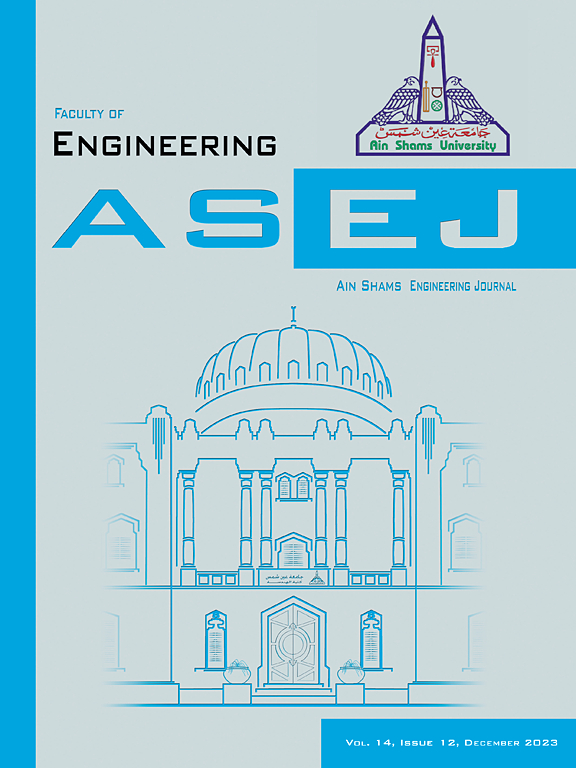A framework for enhancing safety planning in oil and gas construction projects
IF 6
2区 工程技术
Q1 ENGINEERING, MULTIDISCIPLINARY
引用次数: 0
Abstract
The construction and building industry is a major driver of economic growth; however, safety performance remains a key challenge. This research aimed to develop an effective framework to improve safety planning for oil and gas construction projects. A mixed methods approach was utilized, including a questionnaire survey of 167 construction practitioners and interviews with project engineers. Results showed materials/equipment factors as most significant, with “damaged equipment” having the highest RII of 0.821. The second highest factor was “poor equipment condition” (RII = 0.814), followed by “limited material transportation protections” (RII = 0.804). Among management factors, “performance pressure” scored highest (RII = 0.871), while “insufficient staffing” was lowest (RII = 0.775). For worker factors, “poor communication” ranked first (RII = 0.818) and “lack of knowledge” last (RII = 0.779). In terms of site factors, “accidents from carelessness” was predominant (RII = 0.811) but “limited workspace” was least considerable (RII = 0.768). Further statistical analysis using Spearman’s correlation coefficient showed that the perspectives of contractors, consultants, and safety/health officers had positive and significant correlations in the range of 0.35 to 0.45. This research provides empirical evidence on the most influential safety factors in oil and gas projects and proposes a practical framework for contractors and managers to improve safety planning and performance. The framework offers a proactive risk-based approach to reducing accidents and protecting workers in this hazardous industry.
求助全文
约1分钟内获得全文
求助全文
来源期刊

Ain Shams Engineering Journal
Engineering-General Engineering
CiteScore
10.80
自引率
13.30%
发文量
441
审稿时长
49 weeks
期刊介绍:
in Shams Engineering Journal is an international journal devoted to publication of peer reviewed original high-quality research papers and review papers in both traditional topics and those of emerging science and technology. Areas of both theoretical and fundamental interest as well as those concerning industrial applications, emerging instrumental techniques and those which have some practical application to an aspect of human endeavor, such as the preservation of the environment, health, waste disposal are welcome. The overall focus is on original and rigorous scientific research results which have generic significance.
Ain Shams Engineering Journal focuses upon aspects of mechanical engineering, electrical engineering, civil engineering, chemical engineering, petroleum engineering, environmental engineering, architectural and urban planning engineering. Papers in which knowledge from other disciplines is integrated with engineering are especially welcome like nanotechnology, material sciences, and computational methods as well as applied basic sciences: engineering mathematics, physics and chemistry.
 求助内容:
求助内容: 应助结果提醒方式:
应助结果提醒方式:


